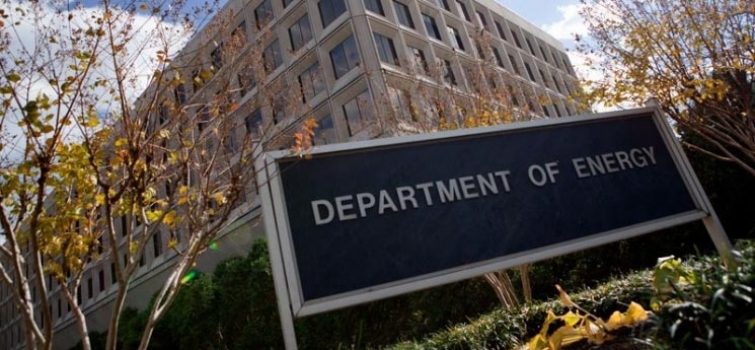Now that Rick “do nothing” Perry is quitting as U.S. Secretary of Energy, there is an opportunity do do something truly useful. My proposal is to re-establish the Office of Policy Analysis (OPA) in DOE’s massive Office of Science (SC).
SC is the world’s biggest funder of physical science and OPA could bring some of that weight to bear on pressing, science intensive policy issues. SC also runs a bunch of National Laboratories, which are far less political than the universities funded by other federal science agencies. The opportunity for balanced assessments is clearly there, given proper direction.
The Office of Policy Analysis had a distinguished history, until it was killed by the Gore Administration for being too objective. Yes I know it was what is commonly called the Clinton Administration, but when it came to issues of energy and environment Al Gore was the bad King. Gore did enormous policy damage, much of which continues to this day.
I even have a candidate Director for the new OPA, which is Dr. Walter Warnick. Walt ran one of OPA’s two divisions until Gore axed it, then went on to run SC’s prestigious Office of Scientific and Technical Information (OSTI) until he retired a few years ago. I worked closely with him for ten years at OSTI. His specialty is solving hard problems with small budgets, so we are not talking about a lot if money for the new OPA.
Walt is also very good at interagency coordination. At OSTI he orchestrated the building of the Science.gov portal, that integrates millions of scientific documents from pretty much all of the federal science agencies. This was an incredible feat, given the independent nature of these groups.
In fact Walt directed one of OPA’s most famous projects — the National Acid Precipitation Assessment Project, commonly known simply as NAPAP. DOE played a leading role in this 10 year, multi-agency investigation into the validity of the so-called “acid rain” scare. Their finding was that there was little scientific support for the scare.
America today faces a number of environmental scares, some as big as or bigger than acid rain, especially climate change. Major policy issues are at stake. DOE’s Office of Science and the National Laboratories are the proper place for an objective assessment of the science pertaining to these issues.
Note that DOE already has a parallel office of energy policy analysis. According to its webpage, the role of the Office of Energy Policy and Systems Analysis is to deliver unbiased energy analysis to the Department of Energy’s leadership on existing and prospective energy-related policies, focusing in part on integrative analysis of energy systems. But there is no scientific counterpart, which puts the energy policy cart before the science policy horse.
Also, the Interior Department has an Office of Policy Analysis. The Energy Department needs one just as badly, probably more so since America’s energy future is at stake.
As with NAPAP, the key to objective assessment is to only draw those conclusions that can be supported by strong and non-controversial evidence. Either that or to report that no firm conclusion can be drawn, which may often be the case. The kind of scary speculation and self-serving hype that infects the academic journals is simply not allowed. This is just how Walt works.
I propose that the DOE Office of Policy Analysis be revived, with Dr. Walter Warnick as its Director.
